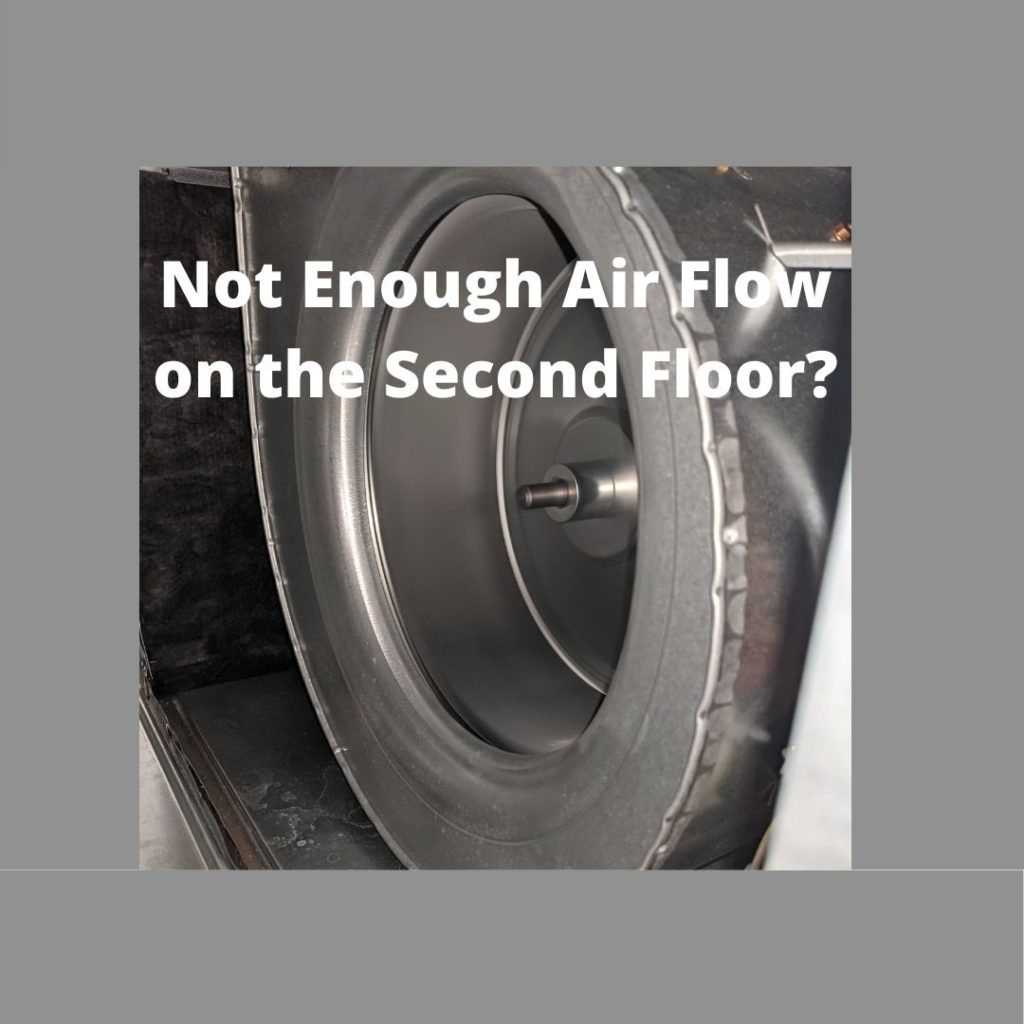At Vese Heating & Cooling, we are often asked by our customers why we are not getting enough airflow on the second floor, at the same time air on the first floor is at the proper temperature. Edmonton homeowners often associate the comfort of a room with the right room temperature.
There are many reasons why airflow can not be sufficient. In some cases, it may just seem like the airflow in a room is low, causing the room to feel uncomfortable, but testing proves that’s not the case.
Below, we’ll look at a few of the most common issues that cause incorrect air circulation in Heating and Cooling systems.
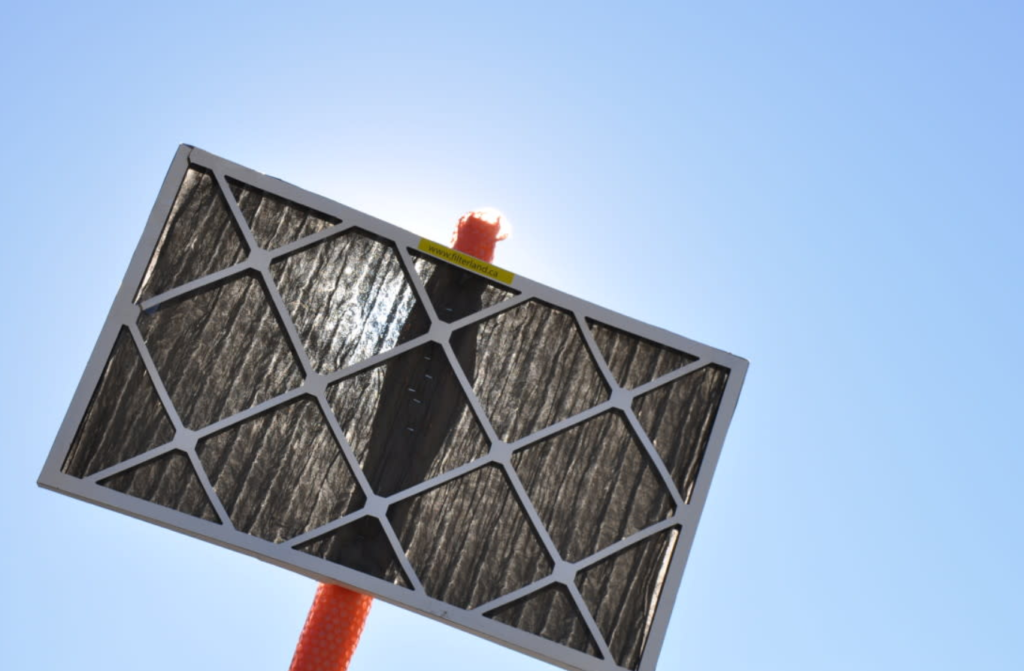
Dirty Furnace Filter
This is an example of friction. Good airflow is absolutely necessary for your air conditioner system in the case of bad air flow a/c will freeze over and will not provide proper air circulation. Your AC air filter is not something that should be casually neglected, though it is all too easy to forget. That filter sits between your dusty home vent and the AC itself, keeping the air (and your compressor coils) clean. But when it fills up with dust, like any filter, it becomes a clog instead of a pathway. If your air filter is clogged, it slows down the airflow amount of blower efficiency and will not supply enough air to the second floor, in addition, A-coil can freeze up because of not the proper amount of air.
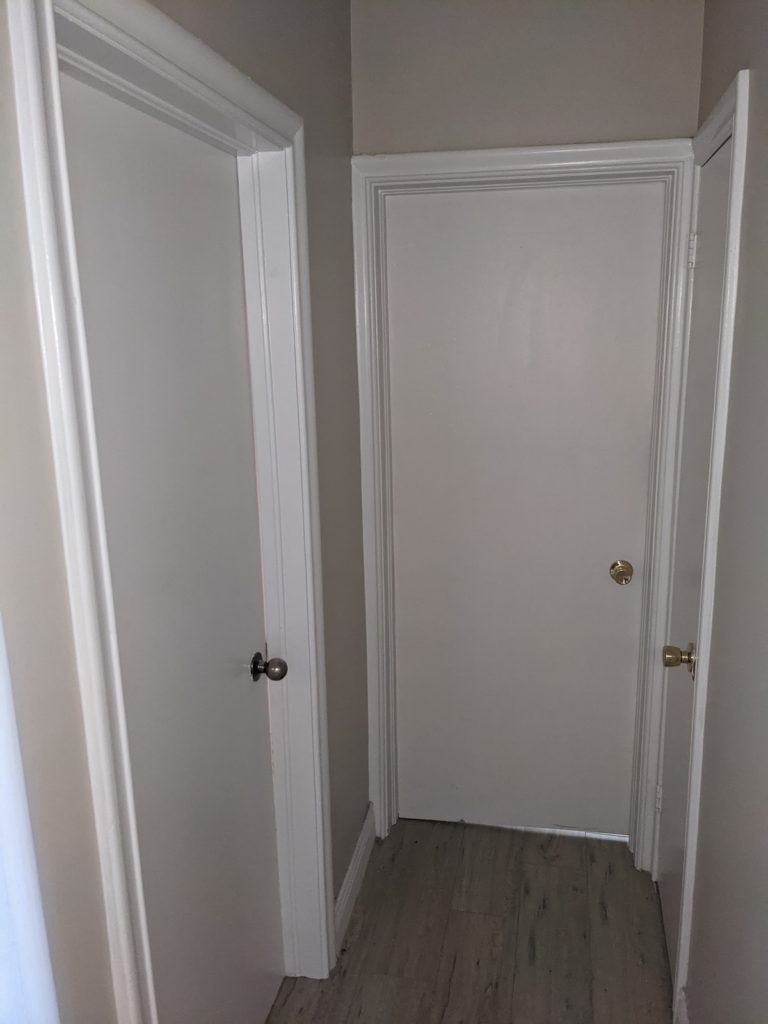
Vents and Doors
Closing strategic vents in your home may help force more cool air to your second floor. Close vents in any downstairs rooms that you don’t use often or that have multiple vents; for example, a master bedroom room may have three vents, but it gets enough cool air to only need two. Closing vents helps push more cool air to the open vents, so make sure all your upstairs vents are wide open. Also, open all upstairs doors to help cold airflow into each room. Any doors that block your downstairs area from your second floor, such as stairway doors, should be left open to help the cold air circulate the stairwell.
Seal Ducts
Over 90% of homes in North America have air duct systems that contain small holes and cracks. These reduce the level of comfort and increase heating and cooling costs.Cold air may be escaping through joints in your ductwork. Seal all the joints you can use foil-backed tape or paint-on mastic. All joints should be sealed with tape or paint-on mastic. This usually requires you to crawl up into your attic, so be careful to step only on the joists and not on the drywall of the ceiling below, as it can’t support your weight and you are likely to fall through.
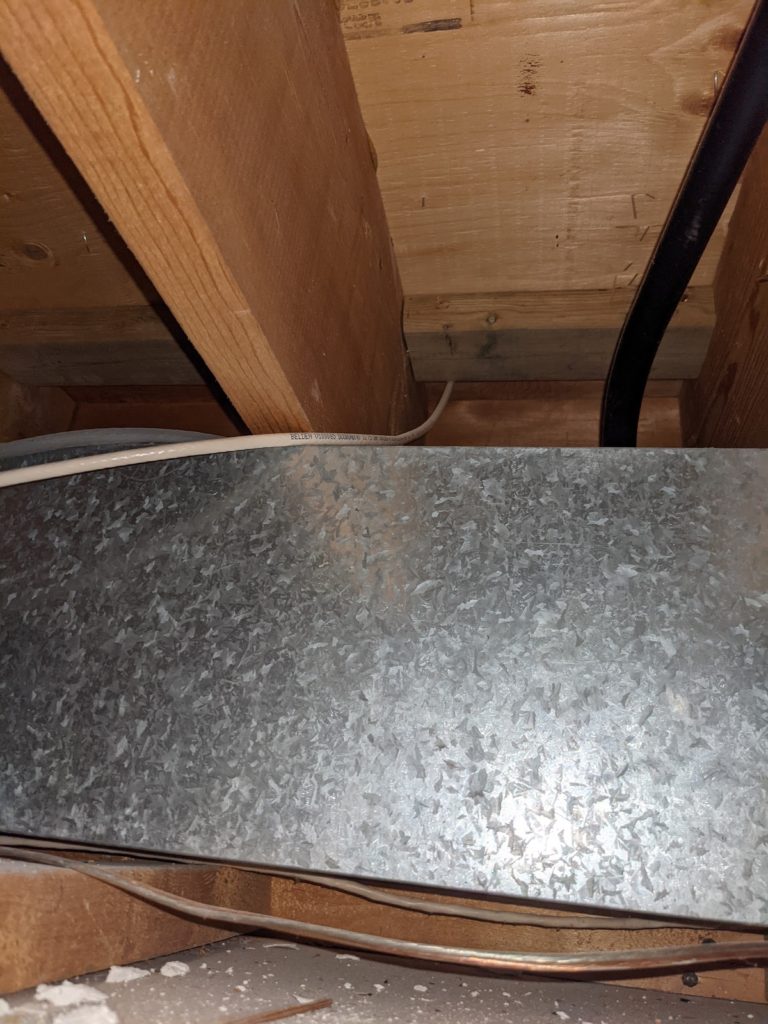
Heat Loss
Adding more insulation in the attic space above your second floor can help keep chilled air from escaping out of your house. If it’s possible to add more insulation to your walls, that can also help, but the ceiling is important because it keeps cold air inside the room. Your ceiling fan can be your best friend in summer — flick the switch on your ceiling fan to bring more cold air to the second floor.
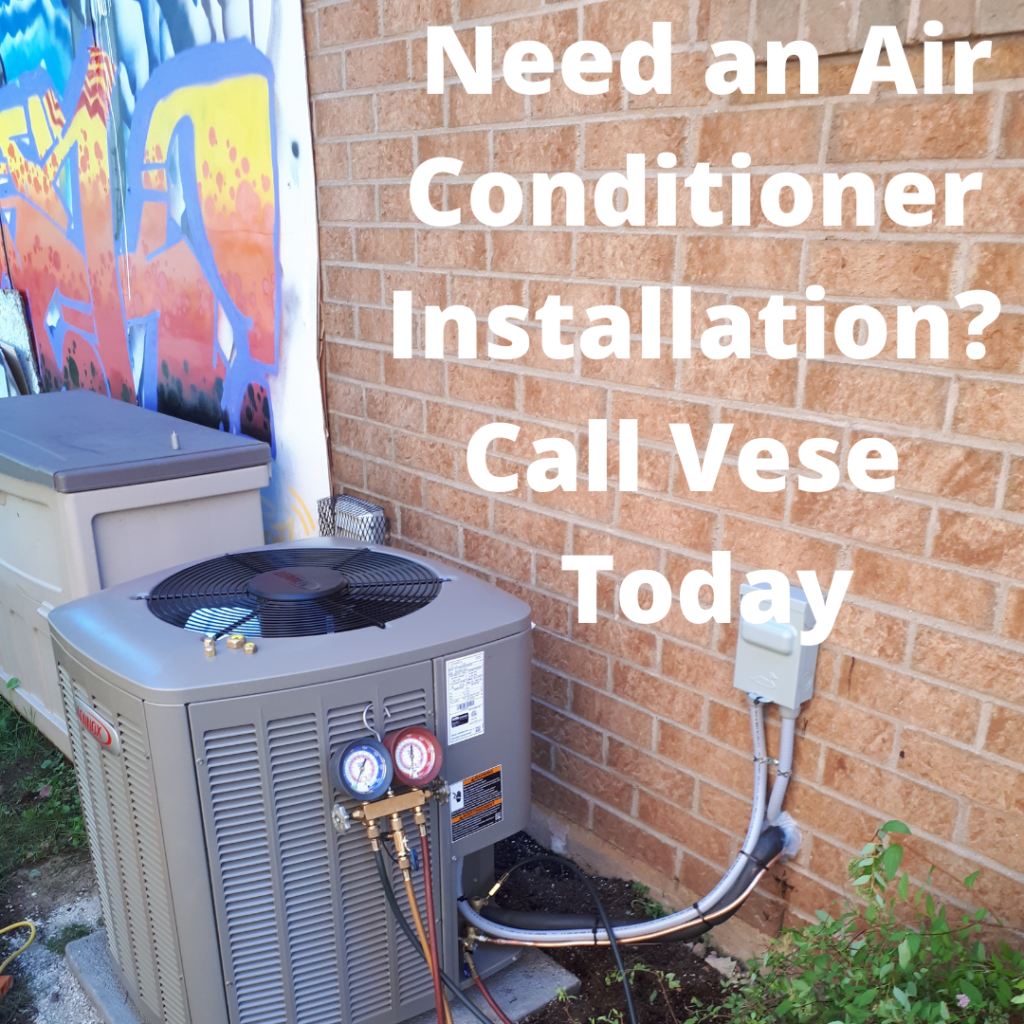
Not Enough Air Flow on the Second Floor? Possibly Need a New Air Conditioner
You may have an overheated second story in your house because your current air conditioning system is 1) Worn out to do its job, or 2) was incorrectly sized when it was installed. If you’ve had your AC for more than 15 years, then it’s time to replace your old system. If it’s a new AC, then you’ve got the second situation. Unfortunately, an undersized AC is a likely outcome of an amateur installation. Always hire licensed professionals like us to do this work. We’ll see you get the right-sized AC to evenly cool the house.
Installing Second System
When your HVAC system just isn’t powerful enough to cool your second floor, install a second furnace dedicated to your upstairs area will help dramatically. This is an expensive option, but it will fix the issue.
Crushed , Blocked or Improperly Installed Duct
This one may seem like a no-brainer, but we see it all the time. Each duct run in a home should be designed and installed to deliver a certain amount of air to a certain space. Anything that changes the configuration of that ductwork also changes its ability to deliver the correct amount of air.
If the ductwork is installed in a manner that restricts the airflow, then the area may never get the air it was designed to get. The longer the air has to travel and the more turns and bends it has to travel through, the more turbulence is created and the less likely it is to make it where it is intended to go. Throw in a crushed or partially crushed run, bent, or kinked piece of flex, and you’re not likely to get the air you’re supposed to.
Not Enough Return Air Vents
A typical forced air HVAC system is designed to a closed loop system. In a perfect world, it produces a certain amount of air, and that air is distributed throughout the home so the same amount of air is returned from the home, conditioned, and then redistributed.
Each area that is receiving a measured amount of air should also be able to return the same amount of air to the system.
Zone control system
A zone control system allows a central air conditioner to send cooled air only to the parts that need cooling. Zone control systems use dampers, individual thermostats, and variable speed blower fan motors to manage air distribution. If a house is divided into two zones, the upper floor, and the lower floor, it’s much easier to create balanced temperatures, such as cooling the upstairs only to combat rising heat, then switching for a short time to cool the downstairs.
Not Enough Air Flow on the Second Floor? Call Us Today!
From blocked or leaky ducts to clogged filters and dirty coils, if you have a problem with your heating and cooling system, you can rely on our experienced HVAC contractors to get to the bottom of your issues and offer affordable, reliable results. We know what is best for the customer and we will ensure that you’re living comfortably in your home with a highly functioning air conditioner. Visit our site, or give us a call (825)343-6222 to take a closer look at the many services that we offer, and contact us to arrange for our dedicated team of professionals to come and solve your AC problems.

